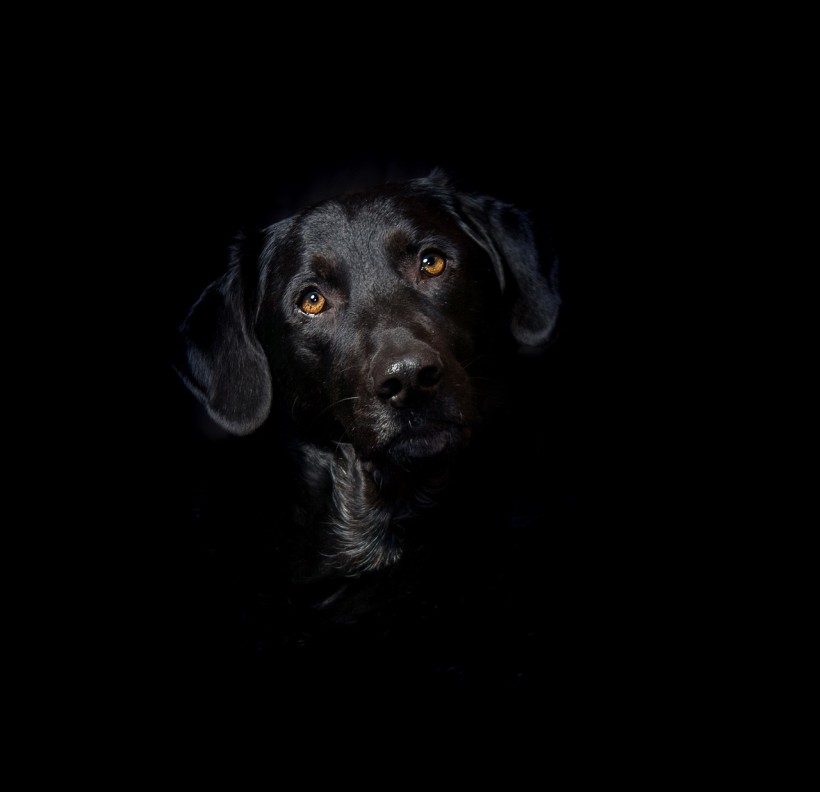Hybrid animals may have been only a figment of one's imagination but overwhelming scientific evidence has already proven that they do exist.
Despite their rarity, such phenomenon occurs in the wild as a result of natural copulation between two different animal species within the same class. However, this also happens among animals in captivity due to human experiments.
Some of these well-known animals include a wholphin, which is a result of mating between a female bottle-nosed dolphin and a male false killer whale. Another one is called a liger, where the term itself is derived from the offspring of a male lion and a female tiger. Furthermore, a zebroid is known for being a crossbreed of a zebra and a horse.
The increasing knowledge of nature's new breed of creatures also posed the question if they could be the next generation within the Animal Kingdom.
In the past, biologists have acknowledged the role of 'species hybridization' down the evolutionary ladder. For instance, mating between two different mammal species could be a result of migration or necessity in order to survive.
What is Hybridization?

Also called as a cross or mongrel, a hybrid animal was once perceived to be an element out of the equation in the circle of life. Yet, some reports in recent years assert that these unique group of animals are still part of nature.
In fact, a research article published in the National Institutes of Health's National Library of Medicine in 2021 talks about the consequences of hybridization but in a positive light. Based on the article's systematic review of the matter, the said process can have a significant effect when it comes to the evolutionary patterns in cross-breed taxa.
The scientists involved in the 2021 study acknowledged that "interspecific hybridization" has often been deemed as a "maladaptive process," which can threaten the survival and genetic structure of the immediate offspring of its hybrid animal parents.
Also Read: Germany Orders Shoot-to-Kill for Hybrid Wolf-Dog Pups to Protect Local Wolf Populations
Hybrid Animals: The Next Generation?
Natural habitats and ecosystems are not absolute in terms of the environmental conditions and presence of certain animal groups that inhabit them. Amid an increasing human population, the expansion of our settlements in the wild that was once untouched could drive animals out in search for their new home.
In addition to natural disasters, the inclusion of human-induced factors could force certain animals to encounter other species they have never met before naturally.
For instance, lions and tigers never meet in a natural setting in the wild. Still, other hybrid animal encounters do occur, resulting in hundreds of hybrids across the natural world, according to the journal Frontiers.
Meanwhile, human intervention can also result in the hybridization of animal species, as mentioned earlier. In 2020, The New York Times reported that a group of Hungarian scientists produced a new animal hybrid in the form of a hybrid fish, as cited by Science. This is a result of mixture of sperm from an American paddlefish and eggs from a Russian sturgeon.
Related Article: Animal Hybrids: How Interbreeding is Making the Animal Gene Pool More Diverse
© 2024 NatureWorldNews.com All rights reserved. Do not reproduce without permission.





